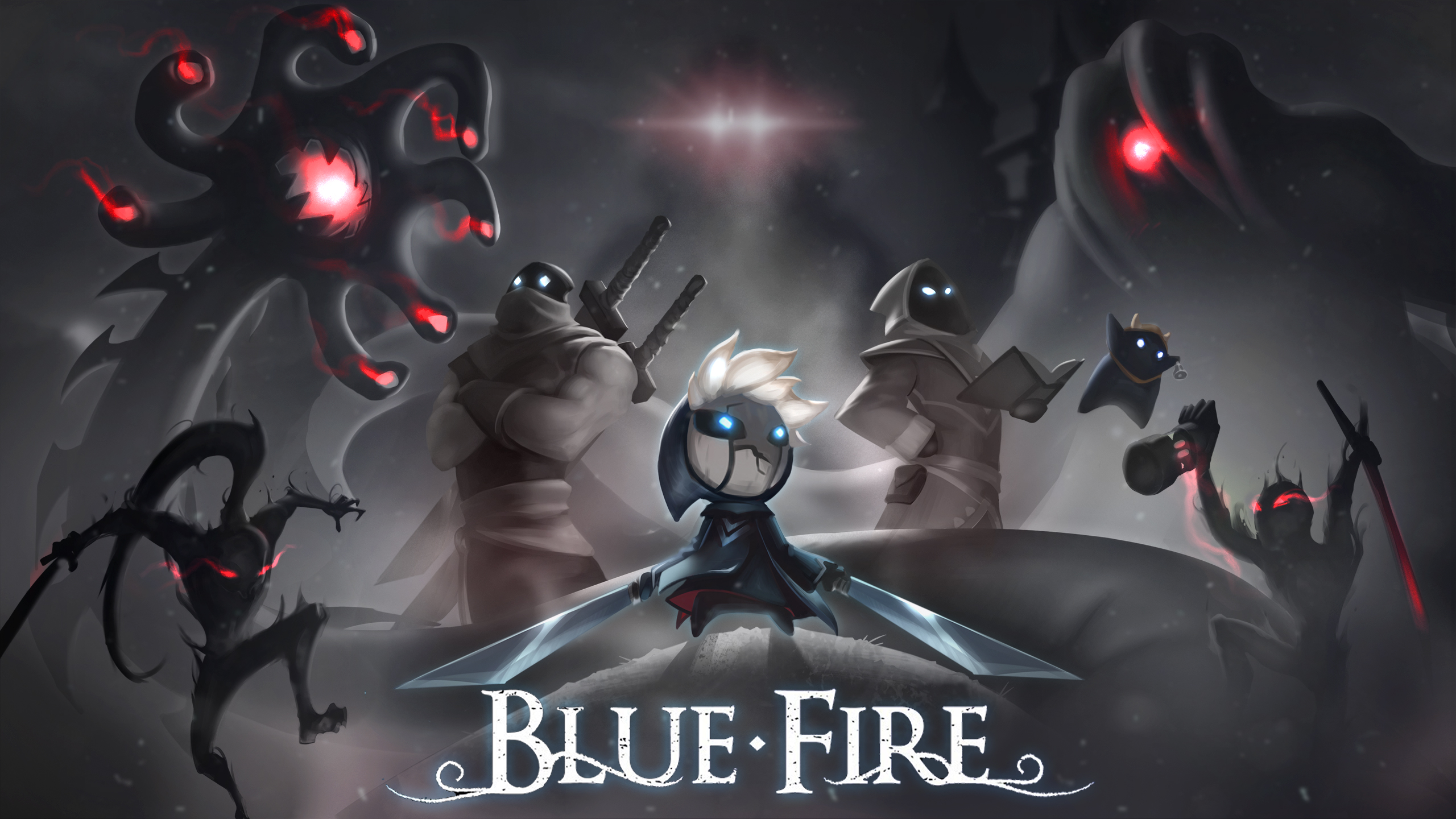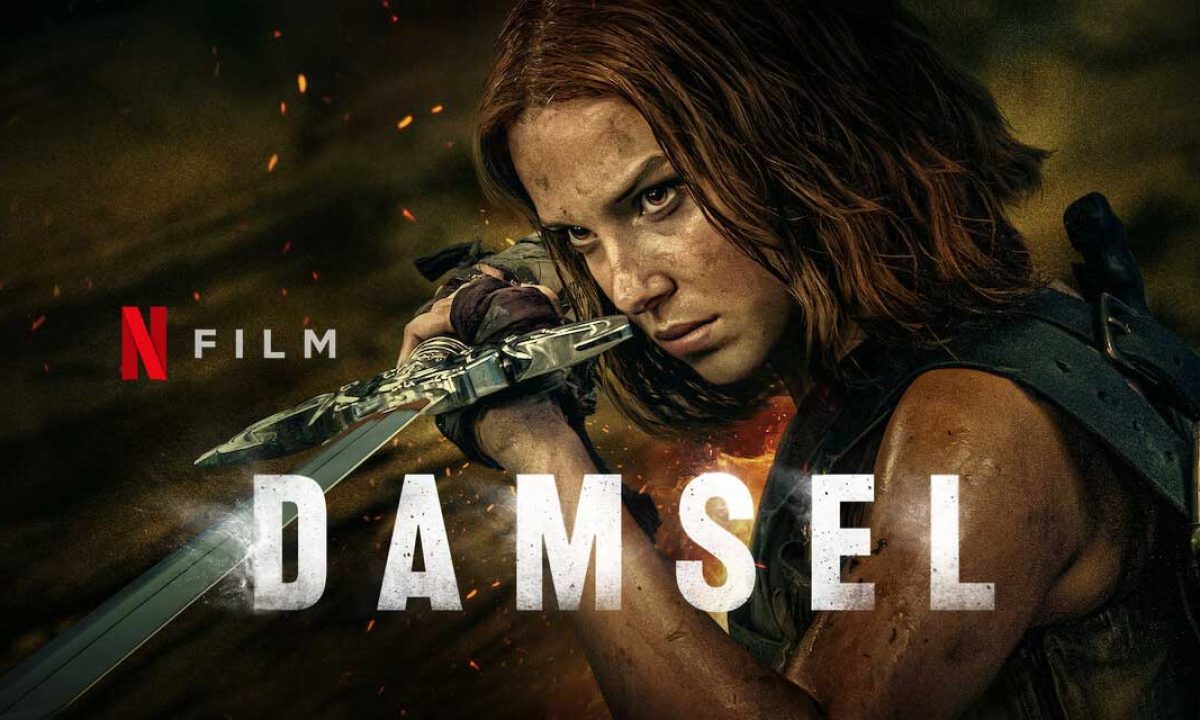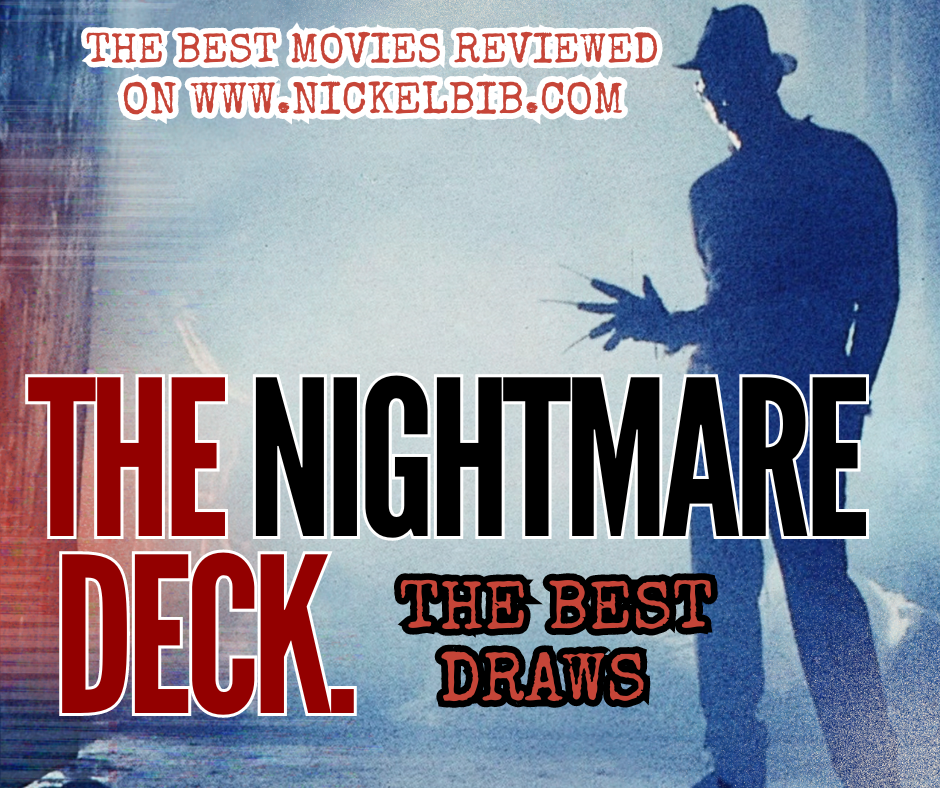Blasphemous is filled to the gills with dirt and rough-around-the-edge grime, bolstering gratuitous bloodshed and demented imagery, setting itself away from the pack among similar Metroidvania videogame experiences. Developed by The Game Kitchen, and published by Team17, I was psyched to sit-down and play Blasphemous, hot off the heels from my dizzying experience with Dead Cells, and I was not disappointed (as you can see in my review). I was even more psyched when I shot The Game Kitchen an email and they agreed to answer some of the questions I had for them.
Videogames are difficult to construct, even more difficult in the modern-era, and it is even more difficult to gauge how everyone will react to your creation. How satisfying was it to receive such a positive response to Blasphemous after what must have been a long and arduous development cycle?
Enrique Colinet: We are still slowly digesting everything that has happened after the game’s launch, because after all the bad moments, many good things have happened to us since. We tend to romanticise a game launch, thinking that most of the time is a day to celebrate… but in our case it was the first day of a hard and challenging post-production. At this point we are super happy with the current state of Blasphemous and the wonderful community built around it.
As I prefaced, Blasphemous is a balls-to-the-wall experience, borrowing elements from the horror genre and creating something unique, ugly, and yet, so aesthetically appeasing. What were the most exciting aspects of creating a game like this?
Enrique Colinet: One of them was clearly the overwhelming positive response to a risky idea. That’s not common at all! Most projects bet on the weeks prior to the release to seek for their audiences, but since we crowdfunded our project, we had to expose the barebones of our game almost three years before its release… and still, people loved what they saw! We tried our best to be faithful to what the community saw on that trailer, but many things had to change along the way for different reasons. Still, working on a creative vision that fans supported from the very beginning was very exciting, and seeing how people stopped comparing us to other games and started talking about Blasphemous as a reference for the genre was very intense.
I can imagine being crowdfunded likely meant a lot of added pressure for all of you. The Kickstarter component changes players from players into more something like small investors. What were the most challenging aspects of creating the game?
Enrique Colinet: We were a very small team at the very beginning (about five members) and we grew only when necessary due to budget restrictions. The main problem was that our artistic vision demanded top quality pixel-art elements and animations, and we needed to be extra careful with the work we requested from artists, otherwise we would have wasted their time and, as a consequence, cut features or failed our milestones. Every little failure had a potential great consequence, and that put extra pressure on us.
We totally underestimated the size of this game compared to our expertise and budget, and delivering the product without altering our vision was a titanic challenge.
Since release, Blasphemous has also seen the release of a new DLC called Stir of Dawn, how has the reception to that been received thus far?
Enrique Colinet: Amazingly well! It generated a new peak of interest in the game and people have been talking a lot about Blasphemous since. Plus being completely free caught the attention of lots of new players.
Very cool. Could Blasphemous receive more DLC down the lines?
Enrique Colinet: We have always referred to the Stir of Dawn as “our first DLC”. That can be easily the best and shortest answer I can give you.
I know you know I could not allow myself to conduct this interview without asking the obvious, even if it blows up in my face – have there been any preliminary plans for a possible sequel to Blasphemous?
Enrique Colinet: We have been always fantasising about a possible sequel since the game’s launch, but at this point we are 100% committed and focused on polishing Blasphemous and bringing the whole vision to its final form.
I was taken a lot by the aesthetic featured in Blasphemous, which borrowed heavily influences by the history, culture and architecture of the city of Seville and Spain altogether. Were there any other aspects of Spanish culture or alternative sources of inspiration that have since influenced any further ideas that The Game Kitchen have been thinking about after Blasphemous?
Enrique Cabeza: We are still working on content for Blasphemous and it is not possible for us to talk about future work, but of course we are creatively and artistically open to other influences in terms of styles, times, places, etc.
The pixel art in Blasphemous was a made selling point for myself, and others, and helps to bring the title to life in a unique, diabolical way. Had you considered anything else prior to sticking with the 2-D aesthetic, perhaps, 3-D, or a different approach altogether?
Enrique Cabeza: Of course, the team fantasised about what a 3D Blasphemous game would look like with high-production graphics. We think the world of Blasphemous would work that way too and it would be very interesting to see what it would be like.
As developers themselves, has Team17 had any further input on the direction in which Blasphemous could potentially go as a series, or how the original game could be even further developed?
Enrique Colinet: Team17’s help has been invaluable for us. They respected our creative vision since the very beginning, and they never pushed us to do something we weren’t comfortable with. Of course, this is a business after all, and we had conversations of many kinds about how to get the best results out of our IP, but in the end it’s our decision and they respect it.
If the Penitent One could be included as a character in any big-name video game franchise, which one would they choose, and why?
Enrique Colinet: Well, Dark Souls has been one of our main sources of inspiration. Same with Castlevania! Seeing The Penitent One being featured in one of these franchises would be a dream for us… plus, our Penitent One has cool armour and a sword! It can easily fit in either of them as an enemy or a friend!
One peculiar boss that stood out to me in Blasphemous was the character Exposito; it is a peculiar, demented imagery that tells a lot about the style Blasphemous is going for. What was the team’s favorite boss to design?
Enrique Colinet: Our colleague Maikel was the one in charge of bringing most of the bosses to life, and I’m pretty confident that one of his favourites is Crisanta. It’s such a cool and rewarding fight! The combat is basically a Penitent against another, using their own set of special abilities, and clashing their swords until one of the two faints. Fighting big bosses in Blasphemous is something special, but dealing with a boss of your size is truly spectacular in the case of Crisanta.
Could the development team see Blasphemous being adapted to stage or screen? If so, which actors would they like to see play which characters? With the ongoing success of Netflix’s Castlevania, I could certainly see The Penitent One as an animated character!
Enrique Cabeza: That would be very interesting. I think translating a world and story as cryptic as that of Blasphemous would be a challenge to adapt to a play or movie. The funny thing would be that the main character will be masked and you will never know who the person is behind it.
What genre of gaming would The Game Kitchen like to try their hand at in the future?
Enrique Cabeza: Well, it is a difficult question to answer since the team is bigger now and our creative concerns are more varied.
Team17 have been taking to publishing new and exciting indie game prospects for a number of years now. What’s it been like having them on board with the project, and do both parties see the relationship continuing in the future?
Mauricio García: The experience of publishing with such a talented group of people has been tremendously positive for us. They have brought so much to the project. Still, it is really down to how their expertise would apply to whatever we come up with next. All I can tell you is we’d really like to have another excuse to work with these guys again.
As indie developers, what do the team think of the indie development scene in its current state, and where do they think it may possibly go in the future?
Enrique Cabeza: I think the actual state is great. There are more and more indie titles with very different production values coming out which means that the community of players for indie games keeps growing. That makes us happy not only as developers but also as players.
What advice would they offer for any aspiring developers who may be reading this article?
Mauricio García: If you don’t have tons of experience making games yet, maybe you’d want to focus on that part for a while: make tons of games for free, for fun, and for knowledge. If you want to start a business though, I’d recommend another approach: don’t look to have a successful title, instead pursue establishing your studio in the “sustainable ladder”, the one where each step represents a very small, doable project adapted to your real experience. Each of these small projects would also, ideally, bring a small business goal to the table.
In my experience, only studios who already are in the sustainable ladder can actually aspire to make successful titles. If you are looking for role models, don’t look just at the last successful title, but instead, to the whole trajectory of the team behind that: what did they do before that one successful indie game?
Thank you to The Game Kitchen for corresponding with Die. Die. Retry., and thank you to everyone browsing the website!






GIPHY App Key not set. Please check settings